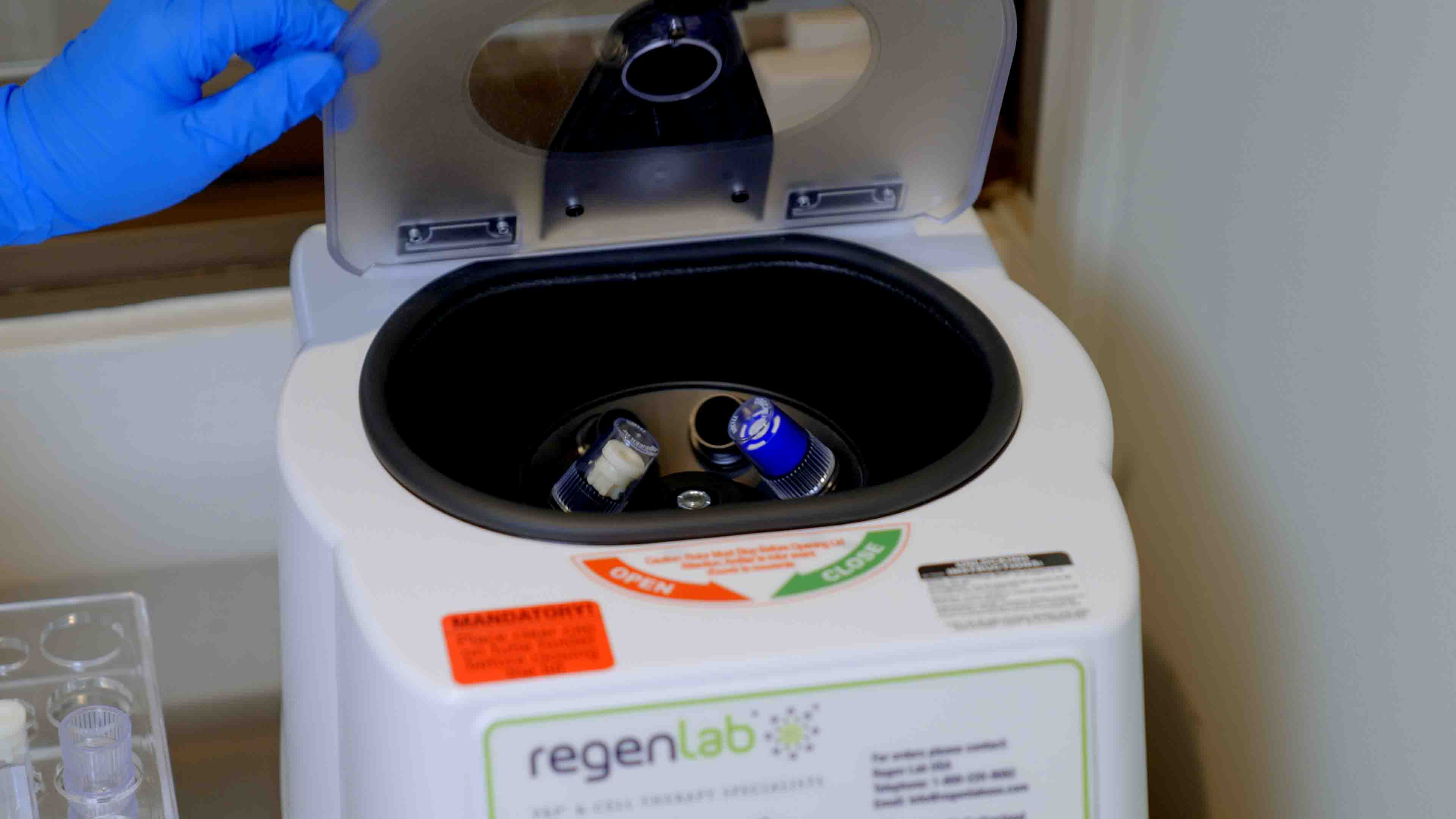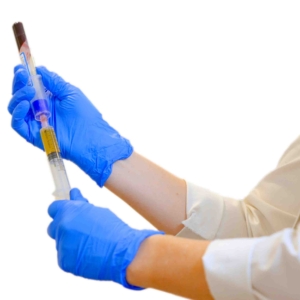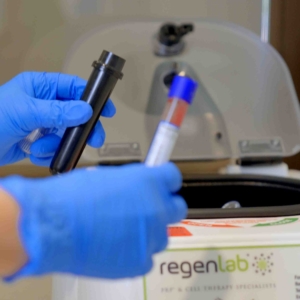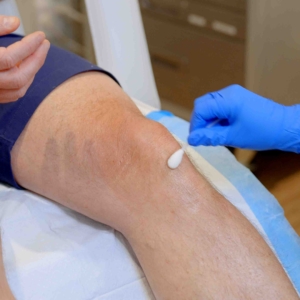Platelet Rich Plasma (PRP)
What is PRP?
Blood is primarily a liquid known as plasma, but it also contains components including red blood cells, white blood cells, and platelets. While platelets are widely recognized for their critical role in blood clotting, they also contain numerous proteins called growth factors, which are essential for healing injuries.
Platelet-Rich Plasma (PRP)is derived from plasma that contains 5 to 24 times the concentration of platelets typically found in circulating blood, along with six key growth factors: epidermal growth factor, collagen-stimulating growth factor, transforming growth factor, platelet-derived growth factor, vascular endothelial growth factor, and fibroblast growth factor.
How Does PRP Work?
PRP therapy has shown significant efficacy in treating osteoarthritis, particularly in its early stages. With aging, the cartilage lining the joints can thin, leading to friction between bones, formation of bone spurs, and inflammation, which can exacerbate arthritis symptoms. PRP can help alleviate this inflammation and pain, and may also promote cartilage regeneration, potentially mitigating age-related degeneration and slowing the progression of arthritis.
Unlike traditional pain injections, which provide temporary relief, PRP can offer a long-lasting, potentially permanent solution. This may help patients avoid joint replacement or other surgery. As with any treatment option, the effectiveness of PRP depends on the severity of the condition.
The procedure begins with drawing blood from your arm and placing it in a centrifuge, where it is spun for 10 to 15 minutes. This process concentrates the platelets and removes unnecessary cells, resulting in PRP. The skin over the injured tendon or painful joint is then treated with a numbing agent, and the PRP is injected into the areas of concern. While some discomfort may occur during the injection, the intensity varies from person to person. Ultrasound guidance may be utilized to ensure precise placement of the PRP. The entire procedure typically lasts about 45 to 60 minutes.
It is important to note that PRP therapy requires time to take effect. Initially, you may experience increased pain due to swelling at the treatment site, which is a part of the healing process as it stimulates growth factors and promotes tissue repair. Full benefits may take up to six weeks to manifest, and multiple injections may be necessary for optimal healing. You will collaborate with your doctor to develop a personalized treatment plan.
Conditions that PRP has been used to Treat:
- Rotator cuff injuries
- Shoulder pain
- Tennis / golfer’s elbow
- Hip strains
- Knee sprains
- Patellar tendonitis
- Achilles tendonitis
- Plantar fasciitis





